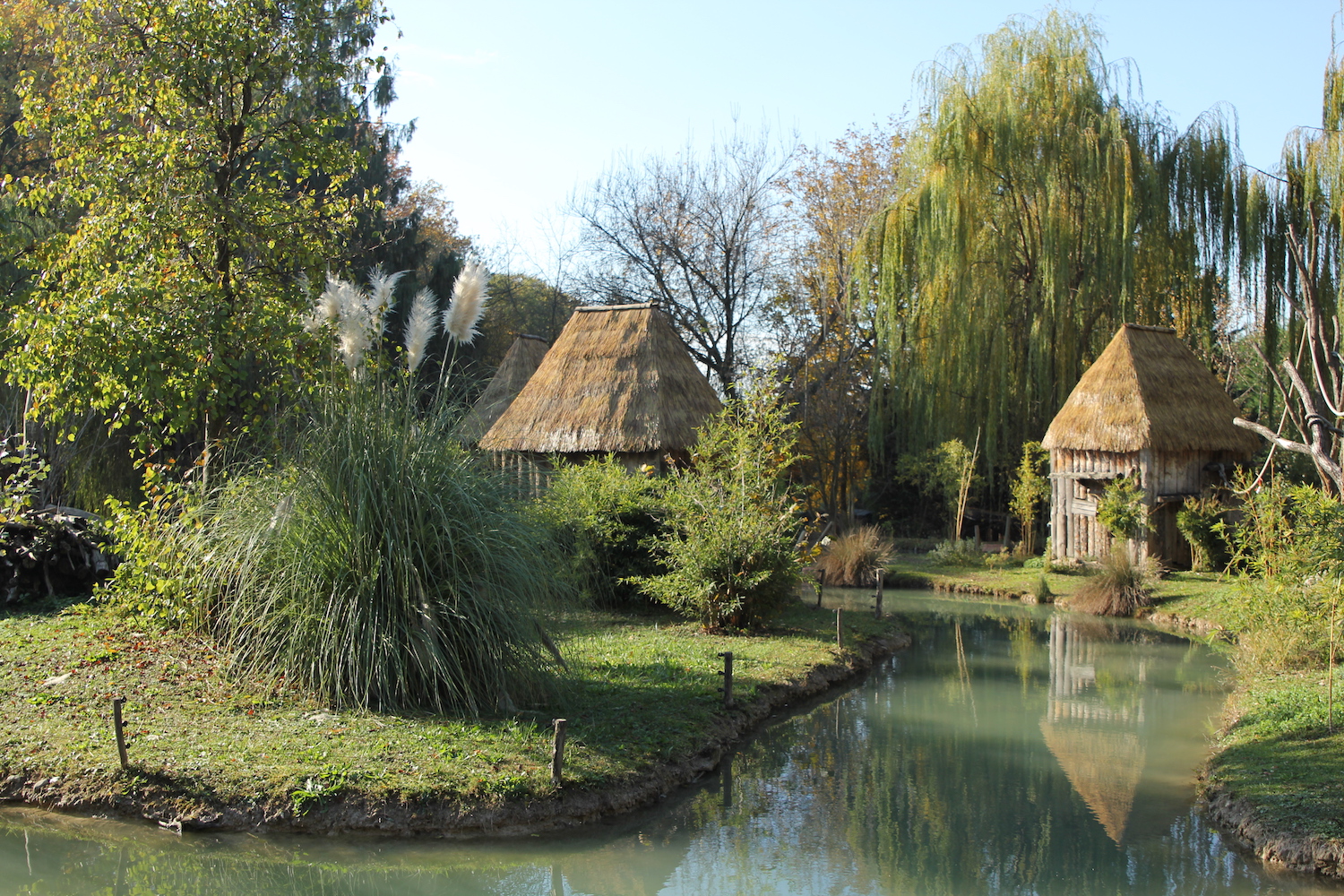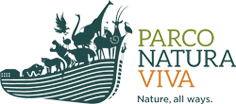MADAGASCAR PROJECT
Madagascar, separated from Africa around 160 million years ago, represents a true biological raft as more than 90% of the species of plants and animals found in the island live exclusively there and are therefore defined as endemism. Also known as "the red island", Madagascar is one of the major hotspots of biodiversity: even though it covers only 1% of the Earth’s surface, it is occupied by about 5% of world’s animal and plant species. For almost 20 years, Parco Natura Viva in collaboration with the University of Turin carries out an important biodiversity conservation project in Madagascar.
The project
Since 2000 Parco Natura Viva collaborates with the Department of Life Sciences and Systems Biology of the University of Turin in Madagascar carrying out initiatives dedicated both to the protection of malagasy’s biodiversity, and to the improvement of local communities’ education. The projects in which the two institutions are involved, in collaboration with partners that got engaged throughout the years, allow to improve the available knowledge on malagasy’s natural heritage, and contribute to the definition of conservation strategies such as:
- preserving Madagascar’s endemic species by participating to European programmes for the ex-situ conservation;
- implementing in-situ activities to increase knowledge on endangered species, and to preserve parts of the forest and their biodiversity;
- raising awareness and educating local communities by providing them with information on the local biodiversity and by directly involving them in the activities;
- using Parco Natura Viva as a partner in carrying out ethological research studies complementary to those implemented in the tropical areas;
- raising public awareness on biodiversity conservation, seeking to obtain the support of qualified partners;developing and promoting sustainable tourism in Madagascar, suitable with the natural environment, in order to improve the knowledge of the rainforest and the traditional culture.
Ten years ago, a Multipurpose Centre was built in the forest of Maromizaha, also known as the Forest of the Dragon Tree. Located in the green corridor of Ankeniheny Zahamena, Maromizaha covers 1,600 hectares, of which 820 are unharmed primary forest. The Centre acts as a research station where students and research gather every year to carry out scientific research studies on Madagascar’s wildlife and plant species; in particular this brought to an improvement of the knowledge on the different species of lemur, endemic primates of Madagascar. The centre is also cultural spot where educational activities are carried out, thanks to which it has been possible to help the local communities and to more actively involve them in the conservation project and in the management of the centre itself.
Status in the wild
Madagascar is one of world’s major biodiversity hotspot: even though it covers only 1% of the Earth’s surface, it is occupied by about 5% of world’s animal and plant species. Moreover, 90% of the species of this island are endemic, that is they live exclusively there. Lemurs are one of the most important examples of malagasy’s endemisms and they are declared the species symbol of the island. Nowadays more than 100 species of this primate have been discovered and they live uniquely in Madagascar’s rainforest. The risk of extinction of many of the endemic species of the red island is high, with almost all lemur species being in a critical situation. The main threats to their survival are hunting, bushmeat, which is the sale of wildlife meat as food, and deforestation both for the production of wood and the exploitation and impoverishment of the land which leads the human population to destroy forest areas to turn them into agricultural fields.
The species in the park
Parco Natura Viva hosts Italy’s largest collection of lemurs (and one of the largest populations in Europe) with a total of 6 species, including the smallest lemur of Madagascar: the grey mouse lemur. In 2010 a new area was realised in the Park entirely dedicated to Madagascar, with on one side new lemur and tortoise exhibits characterized by semi-enatural barriers where animals can perform species-specific behaviours, and on the other the reproduction of Madagascar’s typical village with huts and Maromizaha Multipurpose Centre. In proximity of the Centre another exhibit was built for the “Lemur that is not here”: the indri. This species is listed as “Critically Endangered” in the IUCN Red List and it’s also one of the few species that is not possible to manage and breed in captivity due to its delicate eco-ethology. All Madagascar’s species housed in Parco Natura Viva are included in European management and breeding programmes, such as EEP and ESB. Furthermore, the Park has been entrusted with the ESB managment program of the ring-tailed lemur (Lemur catta).
What we are doing
2023
In June 2023, the team from Parco Natura Viva and Fondazione A.R.C.A. visited the village of Anevoka and the Maromizaha Multipurpose and Research Center.
Read the Newsletter to find out the news from the forest!
2009-2019
Parco Natura Viva and the Department of Life Sciences and Systems Biology of the University of Turin, in collaboration with GERP (a malagasy’s association dedicated to the study of the island’s primates) and other institutions, built the Maromizaha Multipurpose Centre in 2009, with the aim of protecting the primary rainforest, important link to the remaining forest areas of the north and south of the red island. The project is focused not only on the valorisation of the biodiversity but also on the development of initiatives that allow local communities to take a leading role in the protection of the forest. Work was carried out to create positive and sustainable attitudes of the communities towards wildlife, through the institution of small infrastructures, the implementation of capacity building activities and the creation of education programmes for schools. In December 2009, 10 years are celebrated from the creation of the centre and over the years more than 50 tourist and research guides, 15 patrollers and dissemination agents, 200 villagers and 700 school students of three different elementary schools have been trained. Furthermore, the Park and the University of Turin have promoted the work of 10 PhD students and over 50 graduate students that led to more than 30 scientific and educational publications.
2015
One of the most important results obtained by this project was achieved in December 2015 when the Madagascar’s Ministry of Environment declared Maromizaha forest a National Protected Area (NAP).
2007
Parco Natura Viva receives the EAZA Education Award for the realization of the children book “A lemur to save” in support to EAZA’s Madagascar Campaign 2006/7. The story was written by Park’s Education Department in collaboration with malagasy’s schools, and the money raised from the sale to the Park’s visitors allowed the purchase of school material for the children in Madagascar and the construction of school classes.
How to help?
If you are interested in this project and you want to help saving Madagascar and its biodiversity, there are different ways in which you can contribute. By participating to the activities organized by Parco Natura Viva, such as guided tours and educational workshops, you can learn more about this species and the threats to its survival, also learning what behaviours to adopt in everyday life to protect their habitat. By
adopting a lemur or other malagasy species in the park you will directly contribute to help finance this project; but even with your visit to the park you will be able to make a concrete contribution to conservation, since a percentage of the value of the admission ticket is always destined to in situ conservation projects. Finally, by making other people aware of the problems of animals in the wild, you can concretely help spread the knowledge and guarantee a future for the for Madagascar and its biodiversity.
Adopt a ring-tailed lemur to support the Madagascar project:


















 Italiano
Italiano English
English Deutsch
Deutsch








